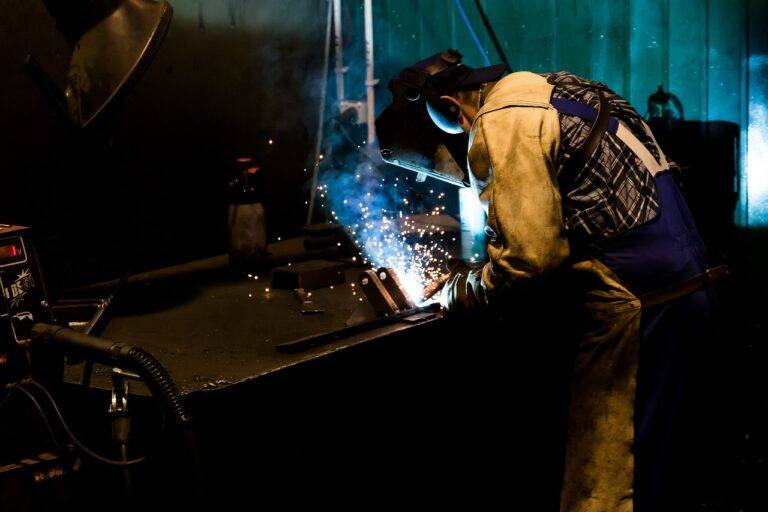Tech in Film and Television: New Tools and Techniques
As technology continues to advance at a rapid pace, the film and television industry is constantly evolving to adapt to these changes. One major trend that has emerged in recent years is the use of virtual production techniques. This innovative technology allows filmmakers to create realistic and immersive environments using virtual sets and backgrounds, cutting down on the need for physical sets and locations.
Another exciting development is the rise of high dynamic range (HDR) imaging in the production process. HDR allows for a greater range of color and contrast in images, resulting in more vibrant and lifelike visuals on screen. This technology enhances the viewing experience for audiences, making the content more compelling and engaging.
Advancements in Special Effects
The world of special effects in film and television is constantly evolving, with the latest advancements pushing the boundaries of what’s possible on screen. Technological innovations have allowed filmmakers to create more realistic and jaw-dropping visual effects that captivate audiences worldwide. From intricate CGI creatures to seamless integration of live-action and computer-generated elements, the possibilities for visual storytelling have never been more exciting.
One notable advancement in special effects technology is the rise of virtual production techniques, which enable filmmakers to immerse themselves in digital environments in real time. This innovative approach allows for increased creativity and efficiency in the filmmaking process, resulting in stunning visuals that were once thought impossible. With virtual production becoming more accessible and widely used in the industry, we can expect to see even more groundbreaking visual effects in the films and TV shows of the future.
What are some of the emerging trends in film and television technology?
Some emerging trends in film and television technology include advancements in virtual reality, augmented reality, motion capture, and computer-generated imagery (CGI).
How have special effects evolved over the years?
Special effects have evolved from practical effects using physical props and makeup to computer-generated imagery (CGI) that allows for more realistic and detailed visual effects.
What impact do advancements in special effects have on the film and television industry?
Advancements in special effects have opened up new possibilities for filmmakers and creators to bring their visions to life on screen, creating more immersive and visually stunning experiences for audiences.
How do filmmakers and television producers incorporate special effects into their projects?
Filmmakers and television producers work closely with special effects artists and technicians to seamlessly integrate special effects into their projects, enhancing the storytelling and visual appeal of their work.
What can we expect to see in the future of special effects in film and television?
In the future, we can expect to see even more advanced and realistic special effects, as technology continues to evolve and push the boundaries of what is possible in creating immersive and visually stunning entertainment experiences.





